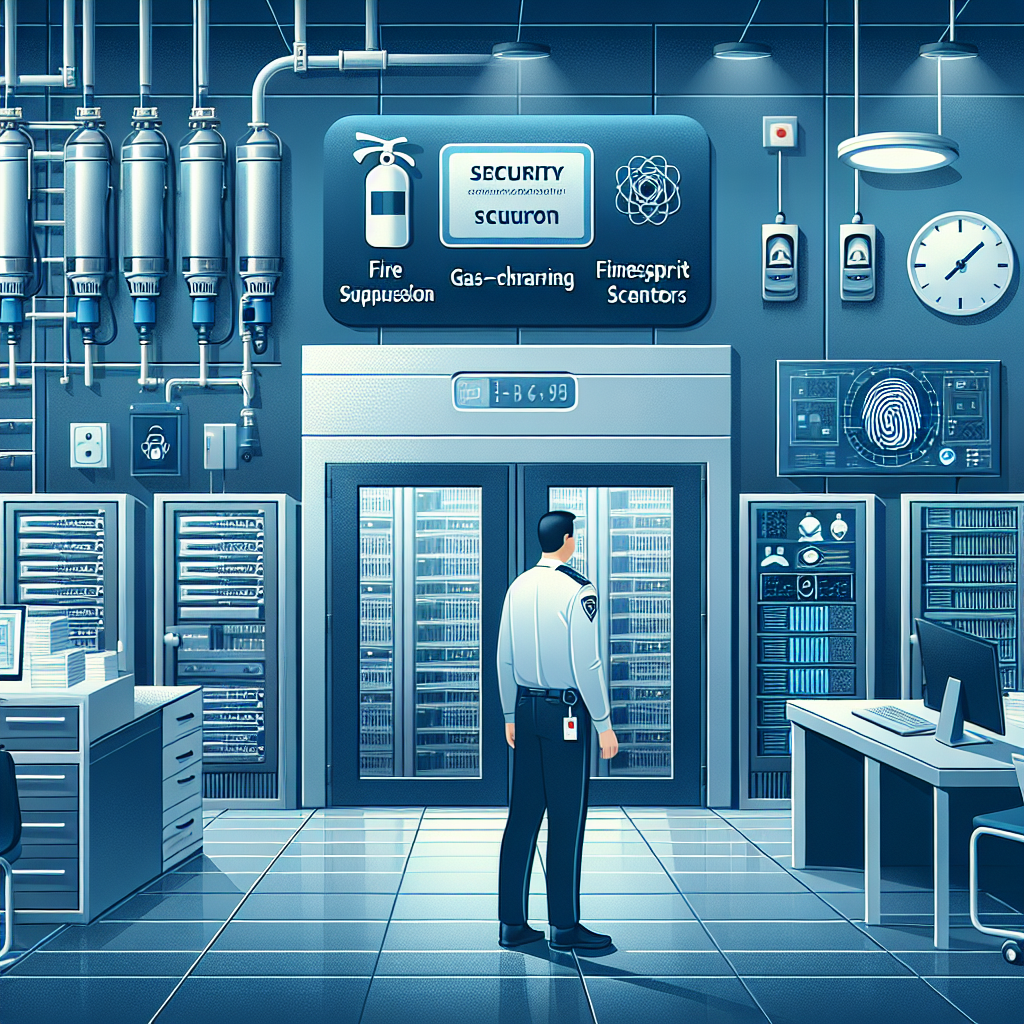In today’s digital age, protecting your data is more important than ever. With cyber threats becoming increasingly sophisticated, it’s essential for businesses to take the necessary steps to safeguard their information. One company that is at the forefront of cybersecurity measures is Cisco.
Cisco is a leading provider of networking equipment and services, and they offer a range of solutions to help businesses protect their data from cyber threats. From firewalls to advanced threat detection systems, Cisco has a comprehensive suite of tools to keep your information safe.
One of the key components of Cisco’s cybersecurity measures is their firewalls. These devices act as a barrier between your internal network and the outside world, monitoring and controlling incoming and outgoing traffic to prevent unauthorized access. Cisco’s firewalls are equipped with advanced features such as intrusion prevention, application control, and malware protection to keep your data secure.
In addition to firewalls, Cisco also offers advanced threat detection systems to help businesses identify and respond to cyber attacks in real-time. These systems use machine learning algorithms to analyze network traffic and detect anomalous behavior that may indicate a security breach. By quickly identifying and responding to threats, businesses can minimize the damage caused by cyber attacks.
Cisco also provides secure access solutions to ensure that only authorized users can access your network. This includes technologies such as virtual private networks (VPNs) and multi-factor authentication, which add an extra layer of security to prevent unauthorized access to your data.
Furthermore, Cisco offers security services such as security consulting and incident response to help businesses develop and implement a comprehensive cybersecurity strategy. By working with Cisco’s team of experts, businesses can identify potential vulnerabilities in their network and take proactive steps to address them before they are exploited by cyber criminals.
Overall, Cisco’s cybersecurity measures are designed to provide businesses with the tools they need to protect their data from cyber threats. By investing in these solutions, businesses can safeguard their information and maintain the trust of their customers. With cyber attacks on the rise, it’s essential for businesses to prioritize cybersecurity and take proactive steps to protect their data. Cisco offers a range of solutions to help businesses stay ahead of the curve and keep their information safe from cyber threats.











